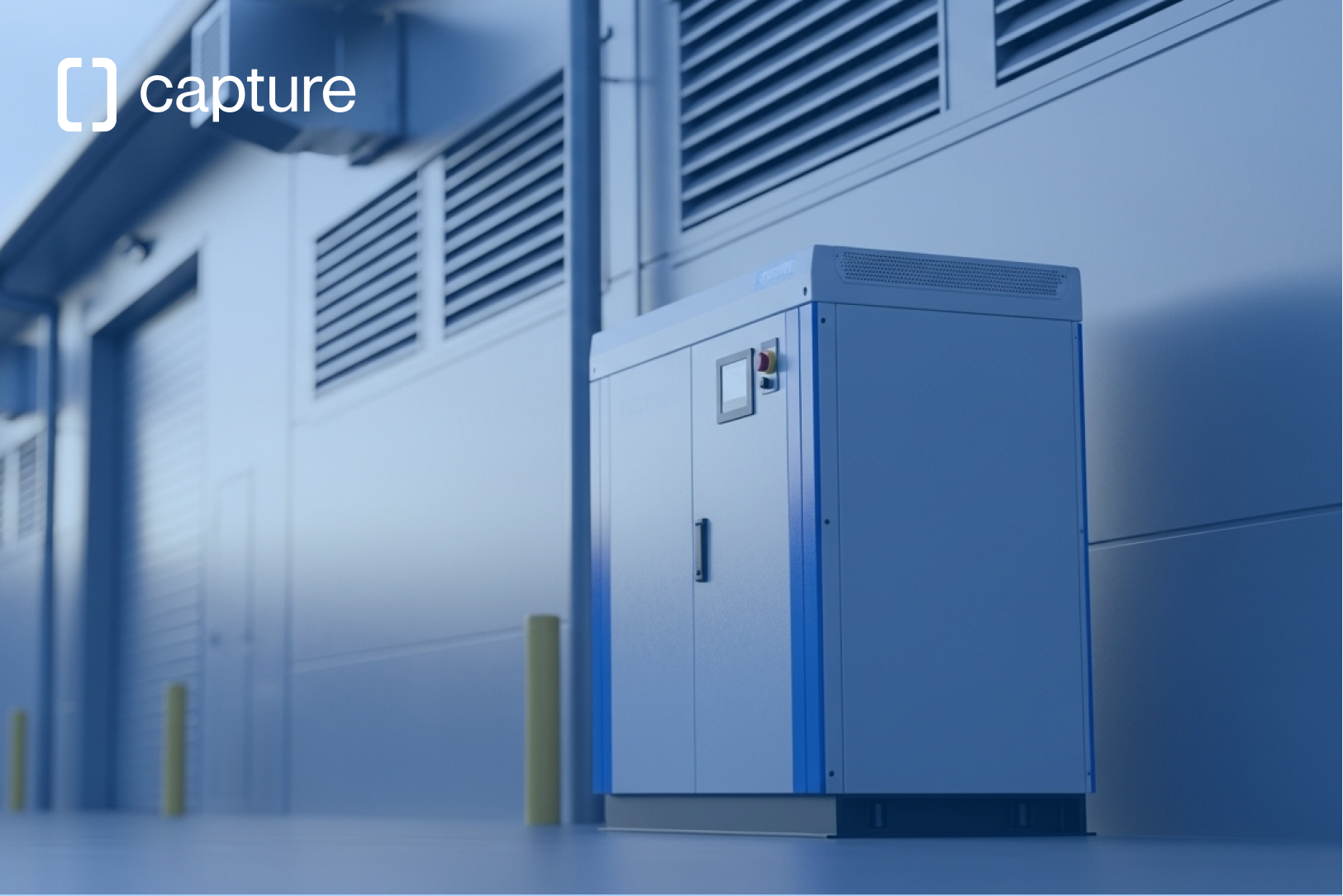Why retrofit a rental property as a landlord
As a landlord, you may have followed the debate about making buildings more energy-efficient and may have been confronted by your tenants about the problem of rising energy bills. The purpose of this article is to explore under which conditions it makes sense for you to retrofit your rental properties with measures such as insulation or a new heating system.

The topic in a nutshell
What does the law say about retrofitting rental properties?
If your property has an EPC lower than E, you are not allowed to let it according to the Minimum Energy Efficiency Standard (MEES) introduced in 2018. If you do not comply with MEES, you face fines of up to £5,000, levied by local authorities.
MEES requirements may be tightened in the near future. In 2020, the UK government announced plans to require a minimum EPC rating of C by April 2025 for all new tenancies and by April 2028 for all existing tenancies. However, in September, the current government scrapped the plans. Whether they will be reinvoked remains uncertain and is a question of politics.
Will a retrofit ever pay off for me?
Even if law doesn’t require you to retrofit (yet), economically it can make a lot of sense. Improving the energy efficiency of your rental property creates value in three ways:
- Improved rental yields: More efficient properties clear the market more quickly and can command higher rents. This has especially been the case since the energy crisis.
- Improved mortgage terms: “Green mortgages” can provide you with discounted interest rate, typically in the order of 0.2-0.5%. However, they will require an EPC rating of at least A-C, or some lenders even A-B.
- Improved property value: Lloyds Bank has found that a change in EPC rating can significantly increase property prices, especially on the lower end of EPCs:

Whether these benefits outweigh costs depend on a number of factors:
- The state of your building: The worse the EPC of your building, the more energy efficiency improvements tend to pay off.
- Your building’s construction type: If your building has an uninsulated loft or uninsulated cavity walls, a retrofit is an economic “no-brainer” in most cases. Typically, they pay back after 2-5 years, returning IRRs of 20+%.
- Your grant eligibility: Even as a landlord, you may be entitled to significant grants, especially if your tenants are on benefits and / or your property has a council tax band of C or lower. You can use Retrofitted’s grant checker to find out more.
How can you get started?
Retrofitted does the math for your portfolio – free of charge. If you are interested, please fill out the form below.







